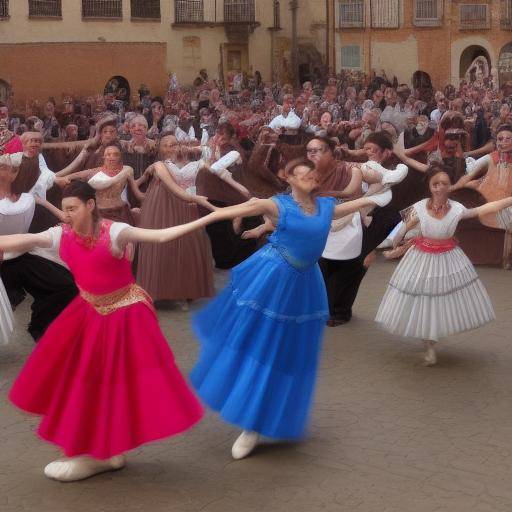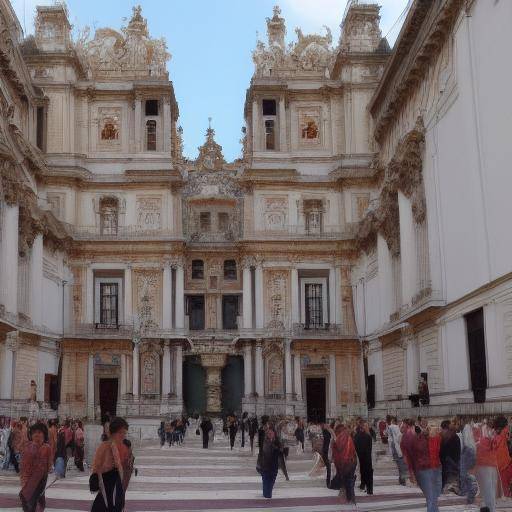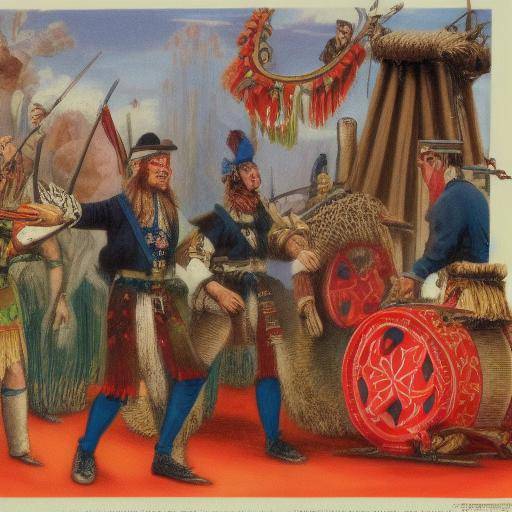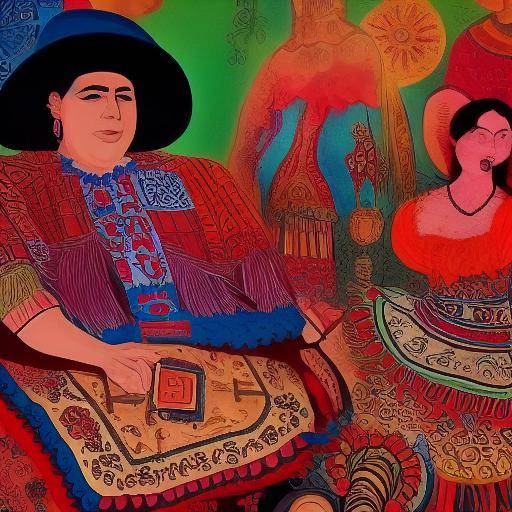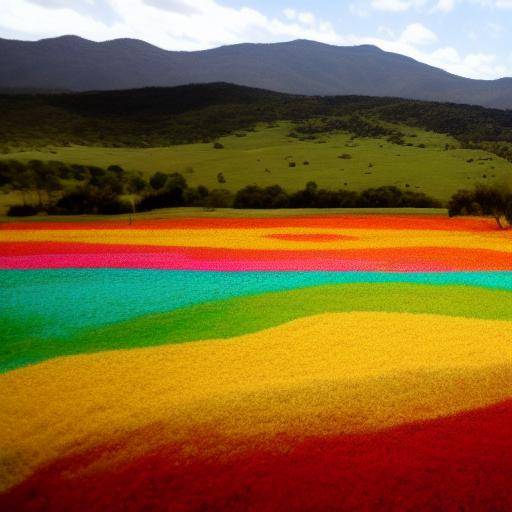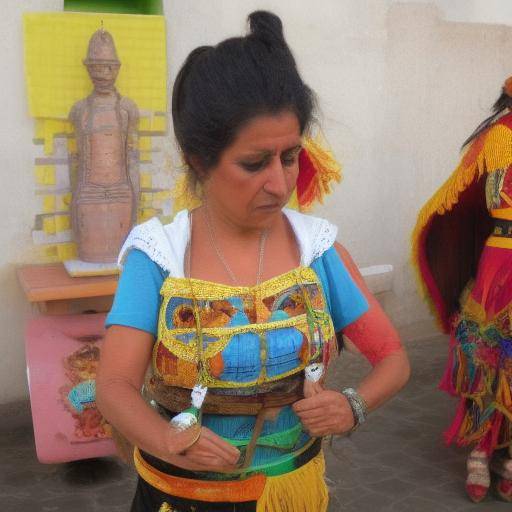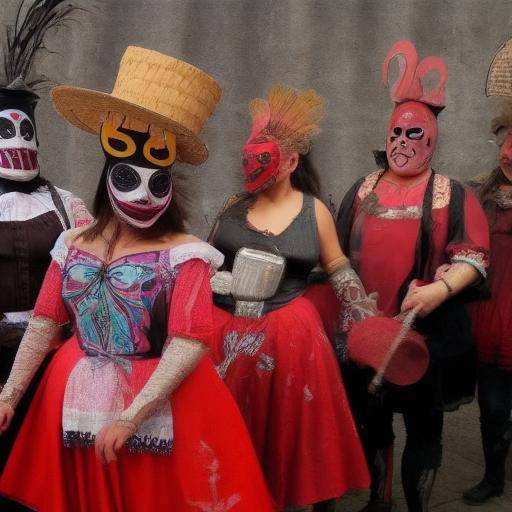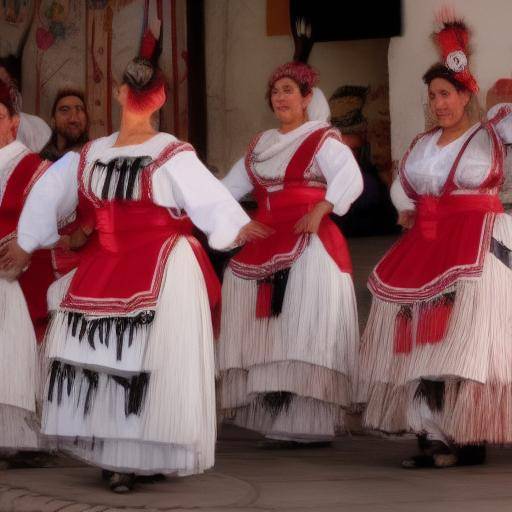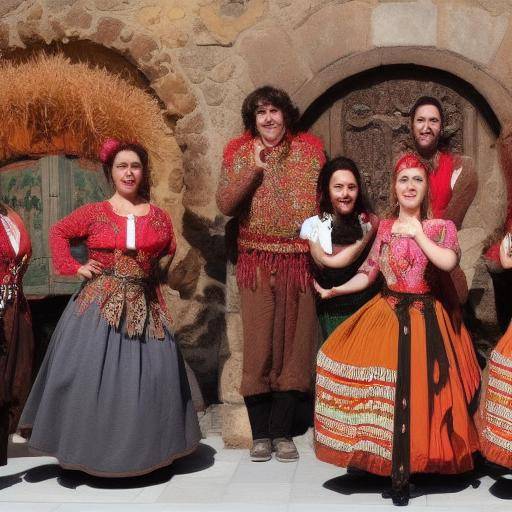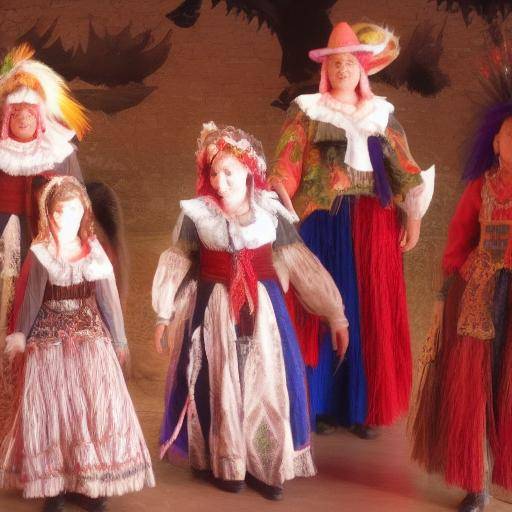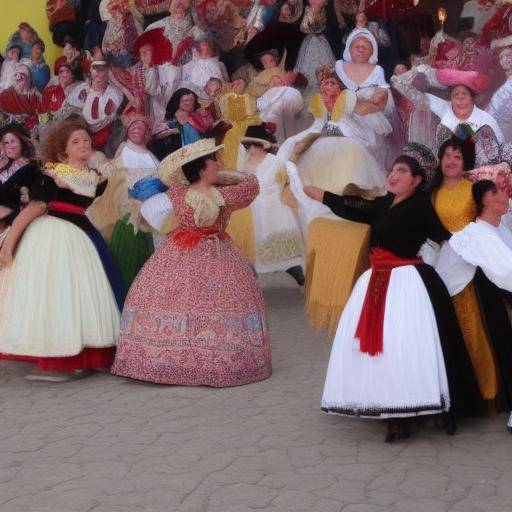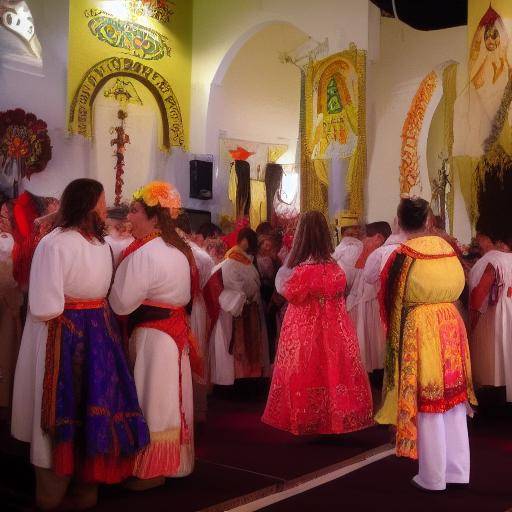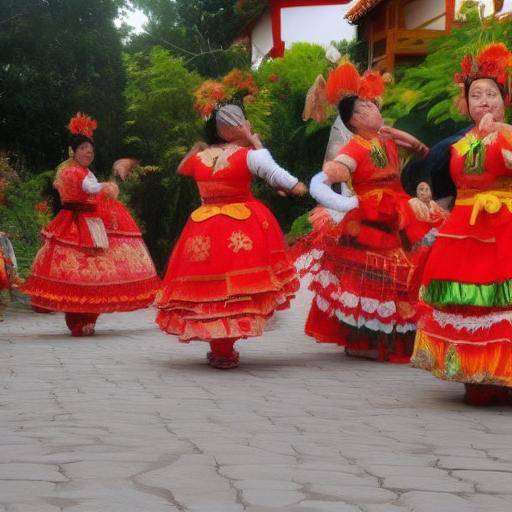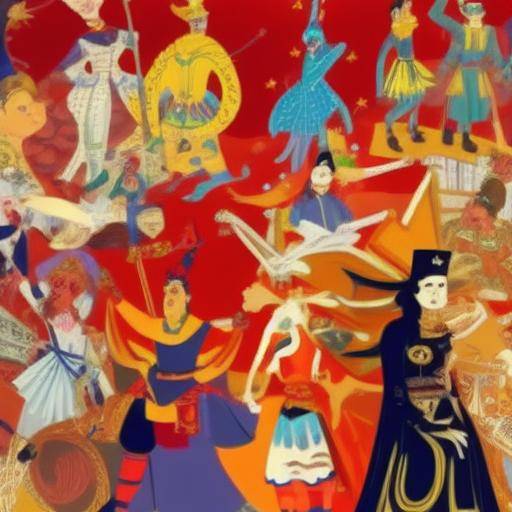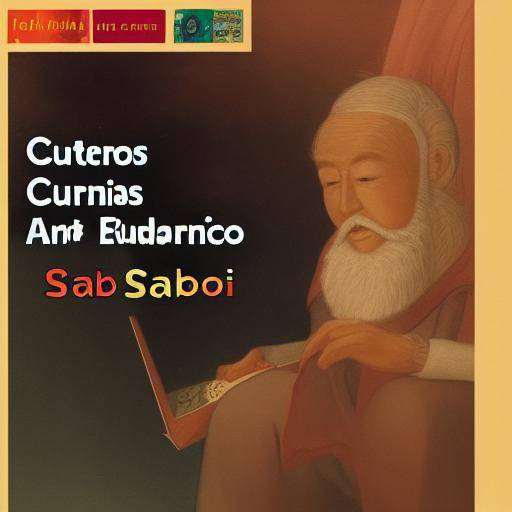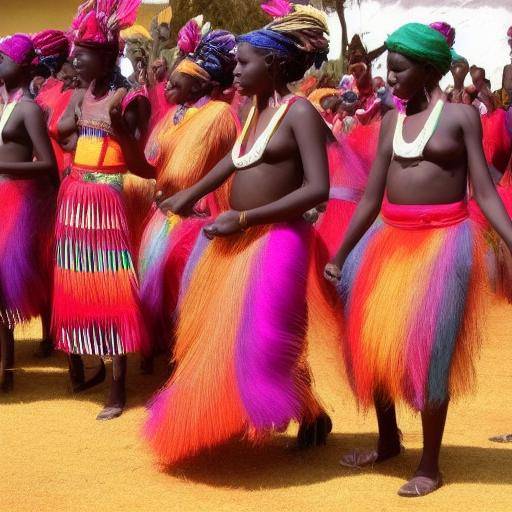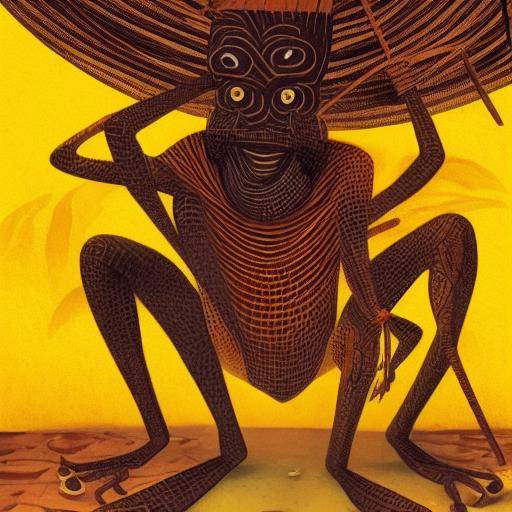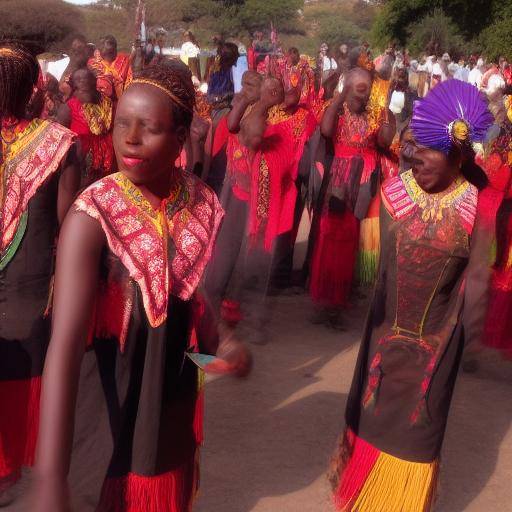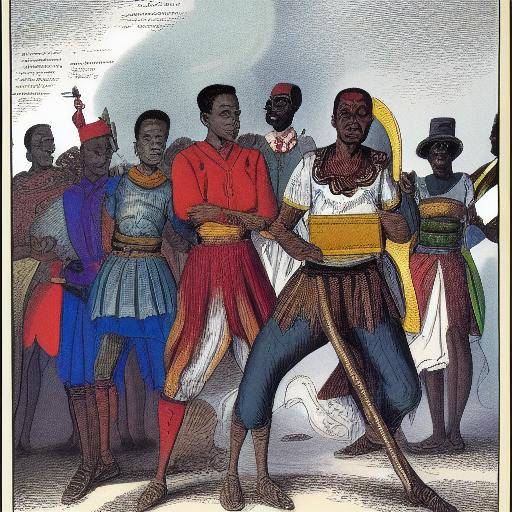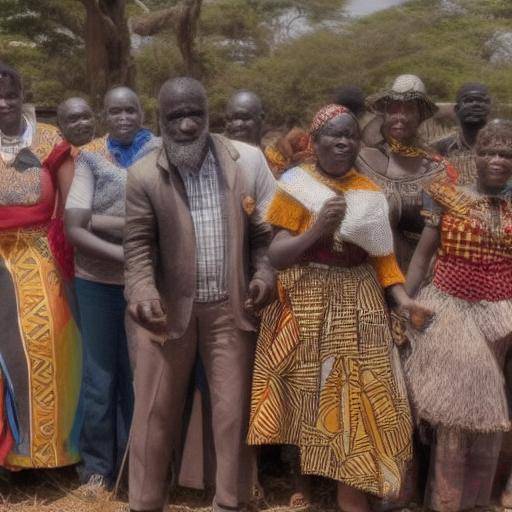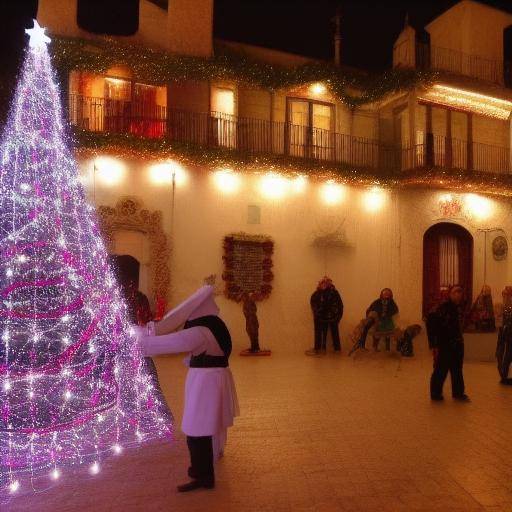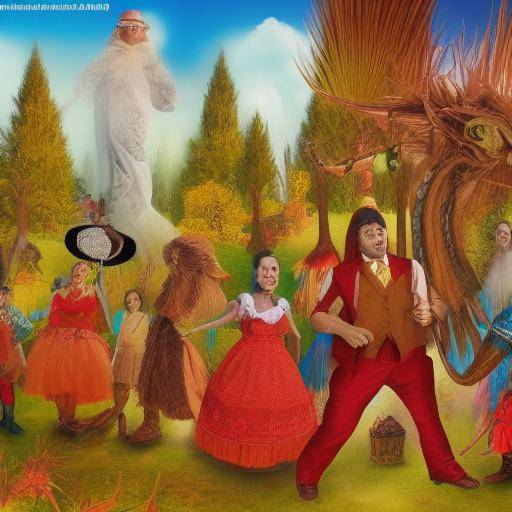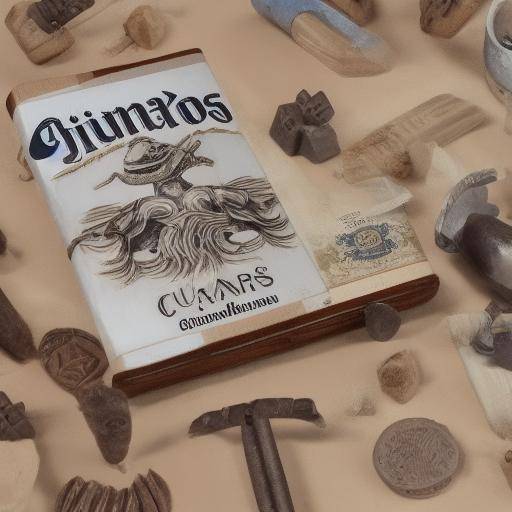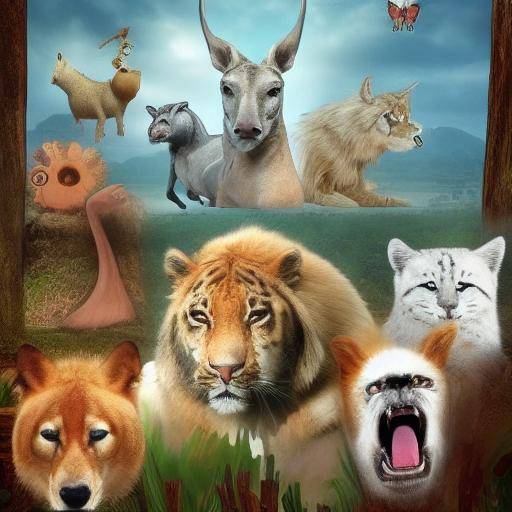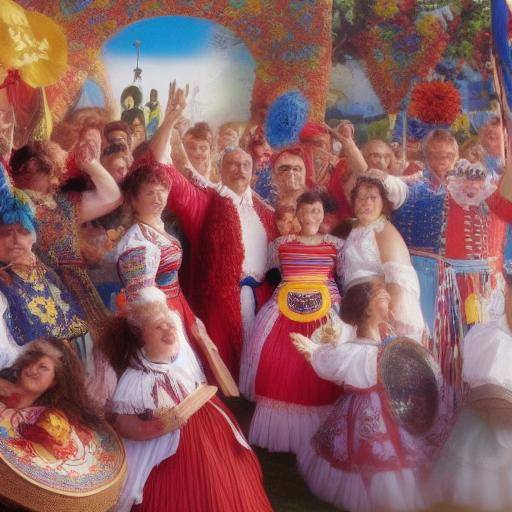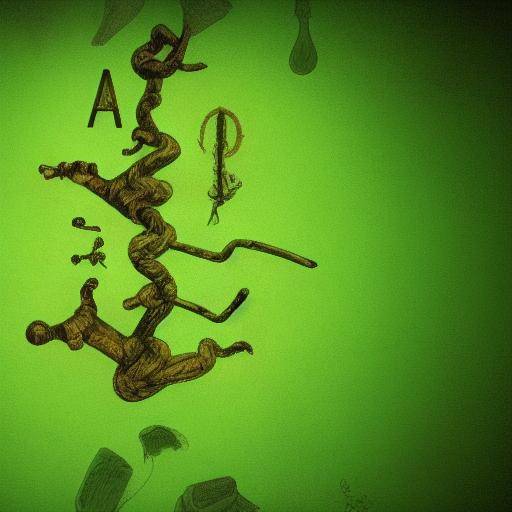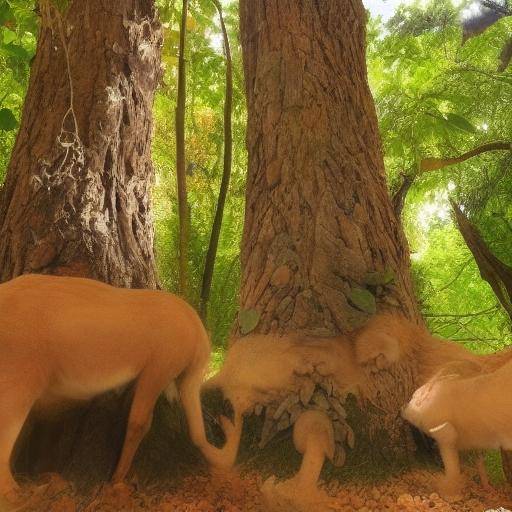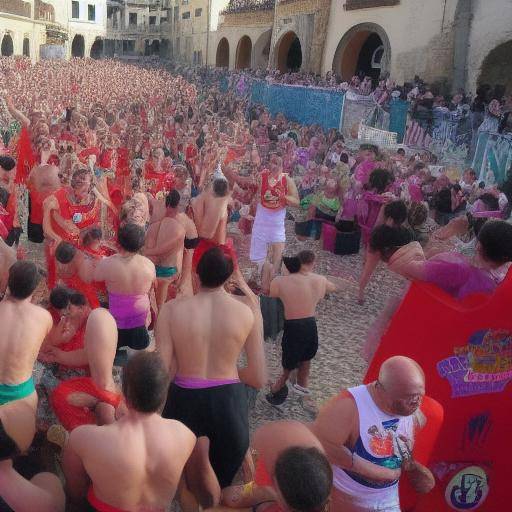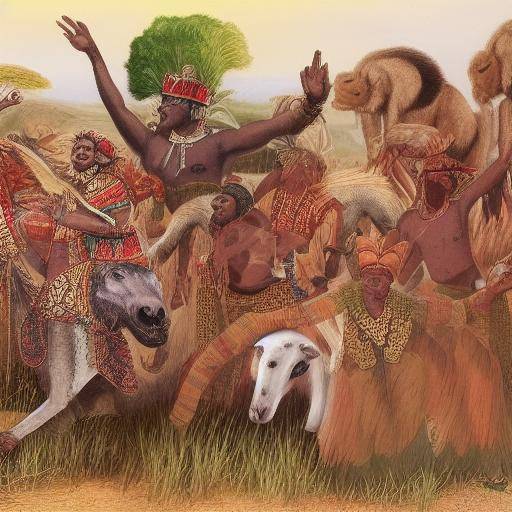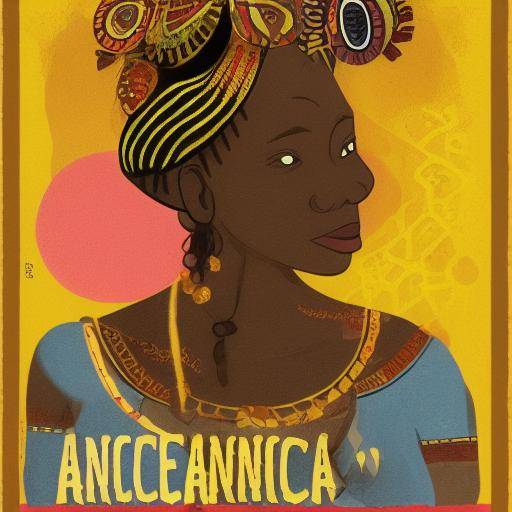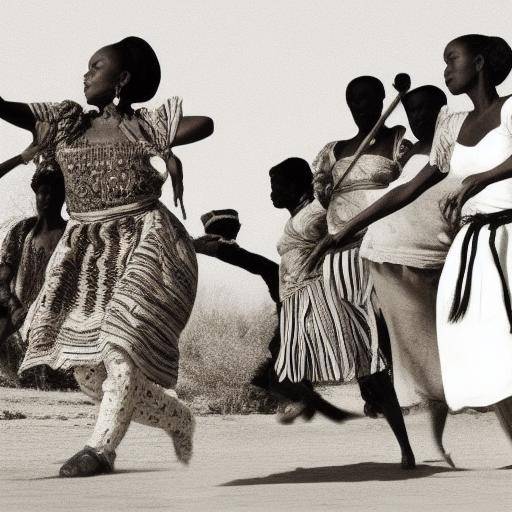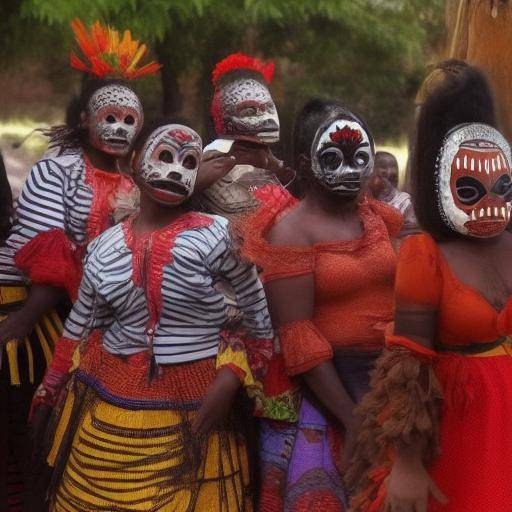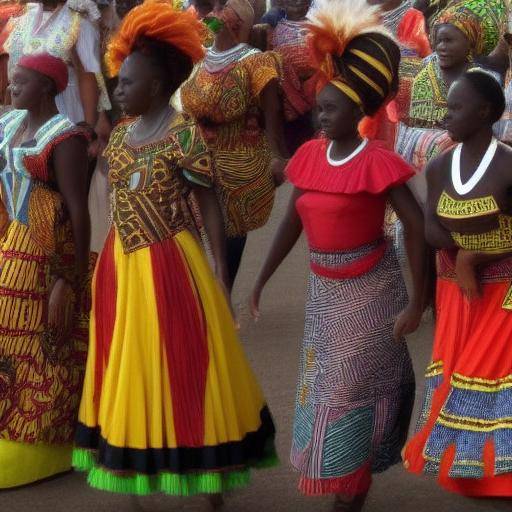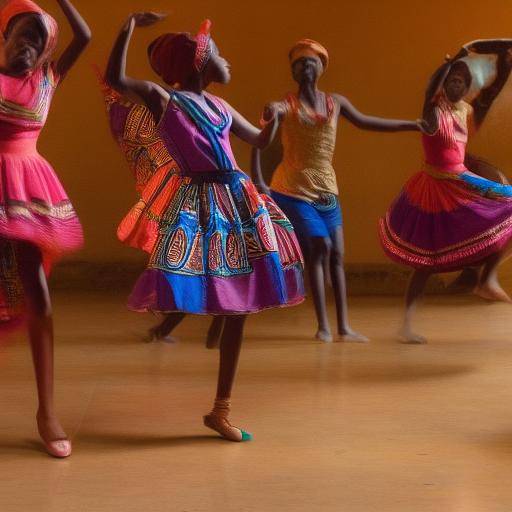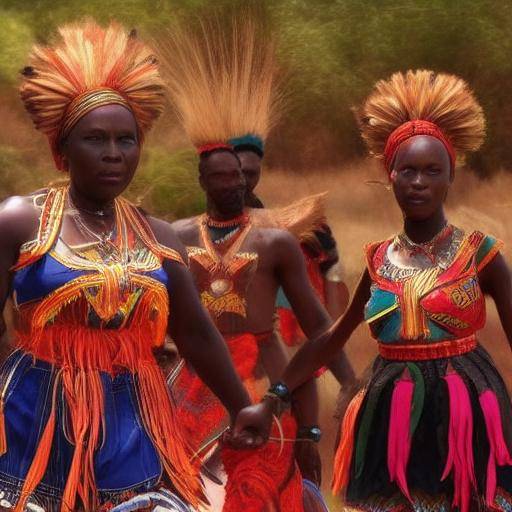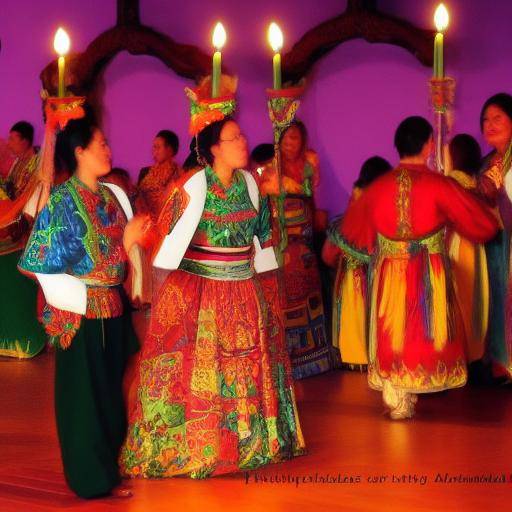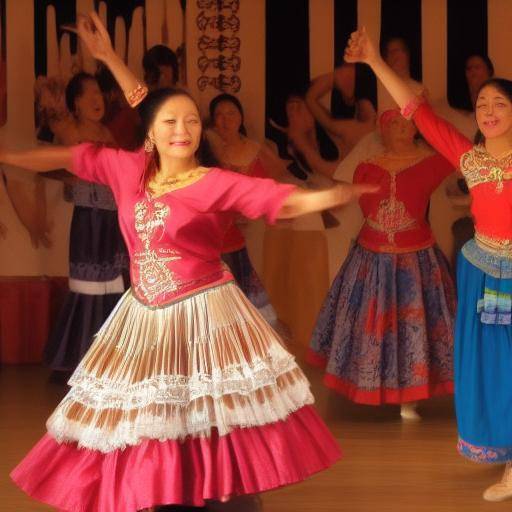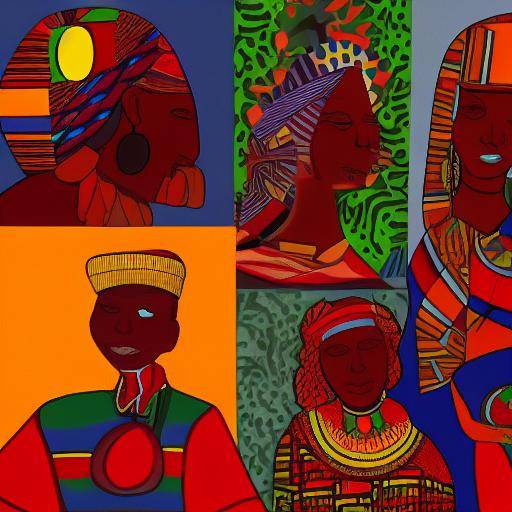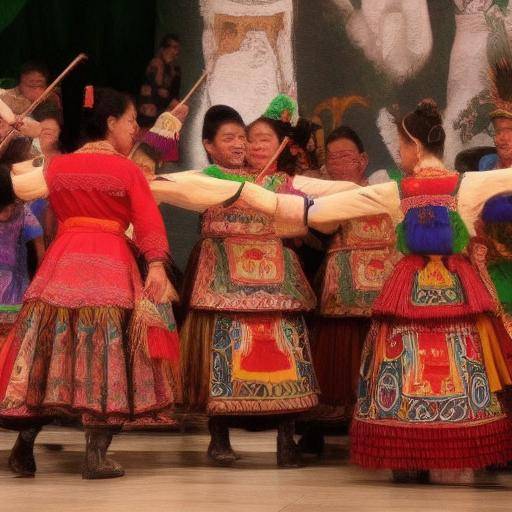
Scandinavian folklore is rich in myths and legends that have captivated generations for centuries. These stories have given rise to a vast universe of fantastic beings, deities, and narratives that are inseparable from the cultural heritage of this region. In this article, we will explore in depth the Scandinavian myths, folklore and the legends that have enriched them, providing a detailed and exciting view of this fascinating legacy.
Introduction
Scandinavian folklore, also known as Nordic mythology, is a set of beliefs, traditions, and accounts that come from the cultures of the ancient Nordic peoples, who inhabited what we know today as Denmark, Norway, Sweden, Finland and Iceland. Through these myths, folklore and legends, stories have been transmitted that not only entertained, but also sought to explain the mysteries of the universe, natural phenomena and human condition.
History and Origins
Scandinavian folklore has its roots at the time of ancient Germanic peoples and merged with the cultural traditions of Scandinavian peoples. Nordic mythology is characterized by the presence of gods, heroes and mythological beings, each with specific powers linked to aspects of nature, everyday life and the exploration of the world. Scandinavian myths were transmitted, mainly, orally, and later compiled by writers and chroniclers.
Features and Elements of the Scandinavian Folklore
Scandinavian folklore is impregnated with characteristic elements, such as the presence of deities such as Odin, Thor, Freyja and Loki, as well as mythological beings such as giants, elves, trolls and valquiries. Also, the importance of the Yggdrasil tree, the world of Asgard and the hammer of Thor, iconic elements of this mythology is remarkable.
Popular Legends and Stories
The Scandinavian folklore has many popular legends and stories that have transcended generations. Among them, highlights the history of Ragnarok, the end of the world in Nordic mythology, as well as the heroic deeds of Heroes such as Sigurd, Beowulf and Loki's judgment for the gods.
Analysis in Deep
The wealth of Scandinavian folklore lies not only in its myths and legends, but also in its influence in contemporary literature, art and culture. The writings of authors such as Snorri Sturluson and the artistic representations of mythological figures have left an indelible mark on Scandinavian culture, and their impact remains today.
In addition, Scandinavian folklore has been the subject of study by scholars and mythologists, who have analyzed their relationship with other mythologies and their relevance in understanding the cosmovision of Scandinavian peoples.
Comparison between Scandinavian myths, Folklore and Legends
Scandinavian myths, folklore and legends are intrinsic elements of the cultural acquis of this region, and their distinction lies in their respective functions. Scandinavian myths are stories that explain the creation of the world and the succession of events in the Nordic mythology. Folklore, on the other hand, encompasses a wider spectrum of traditions and customs transmitted from generation to generation. Legends, for their part, are stories that narrate exploits, extraordinary events or supernatural characters.
Conclusions and FAQ
Scandinavian folklore is a cultural treasure that has endured over time, enriching the identity of this region and exerting a lasting influence on popular culture globally. The magic and fascination of myths, folklore and Scandinavian legends continue to captivate those who immerse themselves in this ineric tradition.
FAQs
1. What are the main gods of Nordic mythology?
In the Nordic mythology, gods such as Odin, Thor, Freyja, and Loki stand out, each with unique attributes and characteristics that distinguish them.
2. What role do mythological beings play in Scandinavian folklore?
Mythological beings, like giants, elves and trolls, have a crucial role in the stories and stories of Scandinavian folklore, often representing forces of nature or personifying aspects of everyday life.
3. What is the importance of the Yggdrasil tree in Nordic mythology?
Yggdrasil is a cosmic tree that connects the Nine Worlds in Nordic mythology, symbolizing the interconnection of all aspects of life and the universe.
4. What is the relevance of Ragnarok in Nordic mythology?
Ragnarok is a cataclysmic event that represents the end of the world in Nordic mythology, marking the beginning of a new life and cosmic cycle.
5. What is the legacy of Scandinavian folklore in contemporary culture?
Scandinavian folklore has left an indelible mark on literature, art, music and contemporary cinema, influencing renowned works and nurturing the creativity of artists and creators.
6. How has Scandinavian folklore been preserved over time?
Scandinavian folklore has been preserved mainly through oral tradition and written compilation of stories, as well as through its continued influence on popular culture and academia.
In conclusion, the myths, folklore and legends of Scandinavian folklore form a cultural legacy of immense value, whose impact remains today. Through these narratives, a window opens to a magical and enigmatic universe that continues to captivate those who dive into it. The wealth of his stories and the depth of his mythology continue to be an inexhaustible source of inspiration and astonishment, challenging the passage of time and enriching the cultural heritage of humanity.

